Restaurante Leo, from award-winning chef Leonor Espinosa and her daughter, sommelier Laura Hernández Espinosa, is a restaurant that tells the story of Colombia’s invisible territories through the experience of fine dining.
According to the Bogotá-based restaurant, its menu is “a new narrative of Colombian gastronomy,” and a voice for communities that have been geographically and culturally marginalized. It’s an invitation to understand the country’s various ecosystems and realities.
Leo is divided into two main areas: La sala de Laura and La sala de Leo (Laura’s and Leo’s spaces). The overall architecture and concept are somber and elegant, and there is a respectful quietness nuanced by notes of jazz and blues floating throughout the rooms.
The two dining rooms offer different tasting menus designed by Leonor, and are paired with Laura’s cocktails. But both rooms’ menus honor native ingredients, such as mambe (powder made with toasted coca leaves), fruits and insects from the Amazon and other subregions, local varieties of cacao, nuts and seeds, and local flowers.

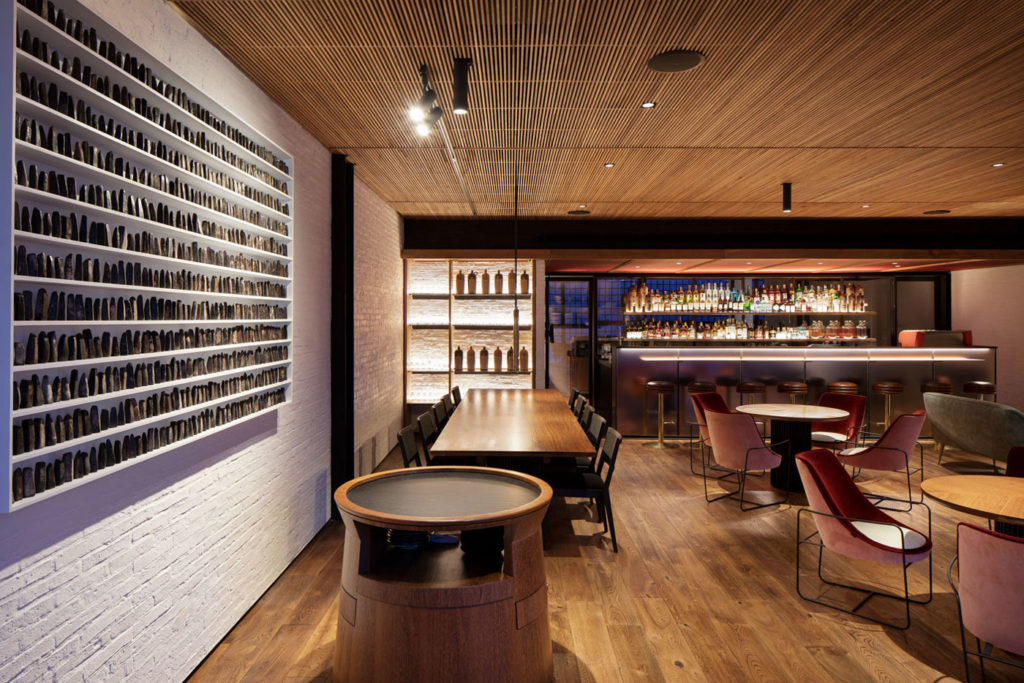
Leo’s menu is a journey through many Colombian climates and regions: from the Amazon Rainforest to La Guajira Peninsula desert in the north; from the Pacific Ocean to the eastern flatlands bordering Venezuela; across the Andean highlands, plateaus and foothills of the central coffee lands; and all the way from the magical Sierra Nevada de Santa Marta mountain range to the Caribbean shoreline.
About 50 native Colombian ingredients are used in Leo’s menus. From the jungle: casabe (a flatbread made with cassava flour), sour guava, cashews, bighead ants, green pepper, macambo (a sour relative of cacao beans), and mojojoy (larvae of palm weevils). From the Andean forest: cubio, arrayán, archucha (slipper gourd), seta de cardo (oysters mushrooms) and guáimaro (the fruit from guáimaro tree). And from the desert: maíz cariaco (purple, reddish or yellowish native corn from Northern Colombia and Venezuela), cacao Tatacoa, and pülantana (a plant consumed as a substitute for coffee).
Fresh fish, coconut milk, and hierbas de azotea—potent aromatic herbs grown in elevated canoes or bins to protect them from animals and inclement weather—are largely responsible for the soul food of the Colombian Pacific Coast. On the menu and inspired by this coastal region is an interpretation of encocado. The Pacific is wild, rough, cloudy, humid, and visually profound. Its inhabitants are resilient, social, musical, spicy and mysterious. Leo’s dish differs from encocado’s traditional presentation, but it extracts its flavor and texture to capture the feeling of the ecosystem and culture it is inspired by.
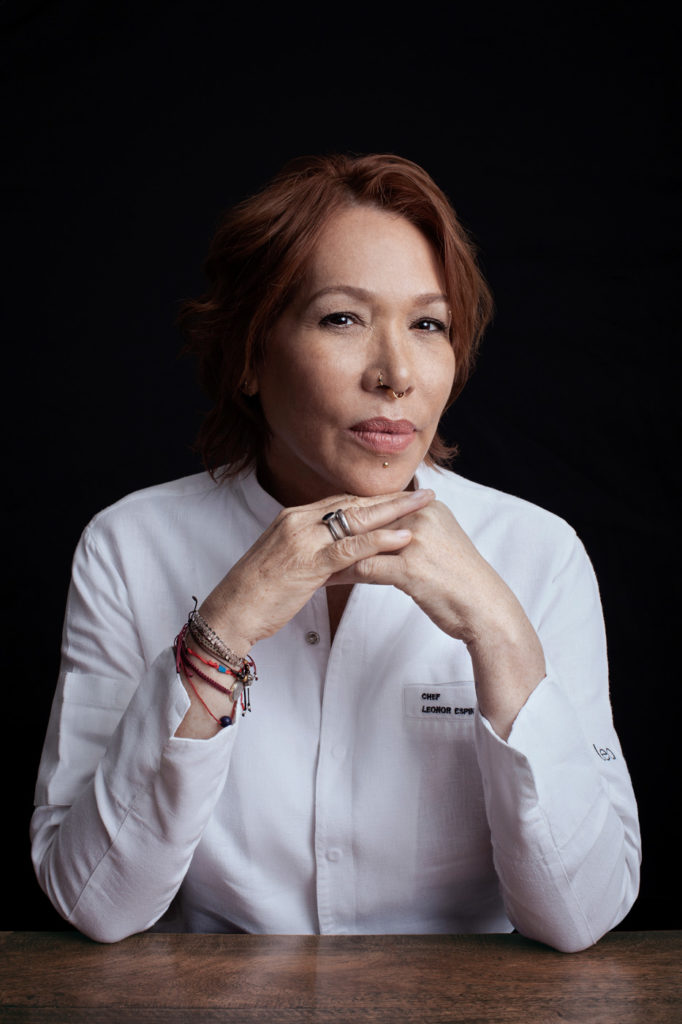
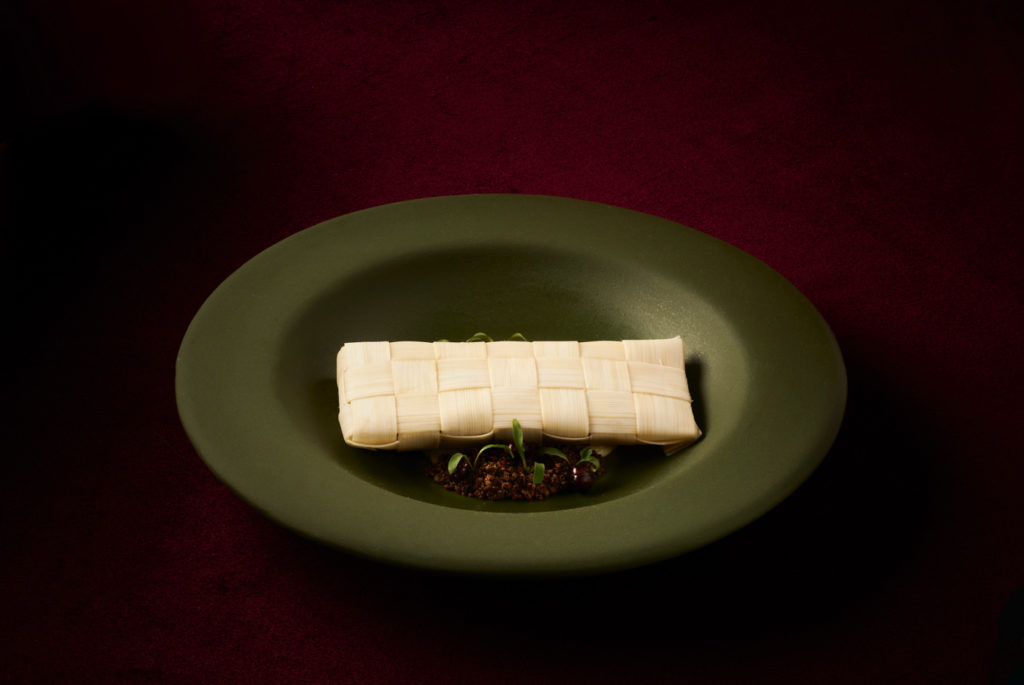
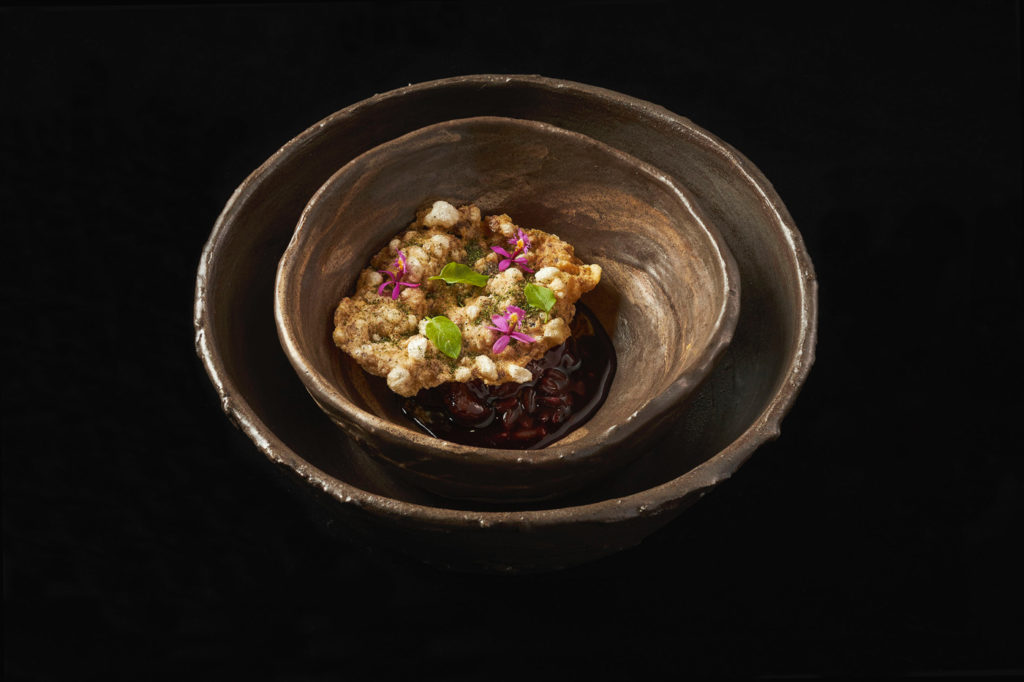
Laura’s cocktails are a distillation of Colombian culture as well. She is a sommelier, beverage designer, and the current president of the Funleo foundation, which was created by the mother-daughter duo in 2008 to support the well-being of local communities through using gastronomy as a platform for socioeconomic progress. Laura’s distilled drinks and cocktails are designed to match this experience, but are also a gastronomic journey all their own.
The beverage menu is tasteful, playful and full of meaning. For one nonalcoholic drink, Agua del Mar Pacífico, for instance, guests are asked to close their eyes and remember the first time they went into the sea. In a few sips, they can taste the unmistakable salty flavor of sea water and the freshness of the ocean’s breeze.
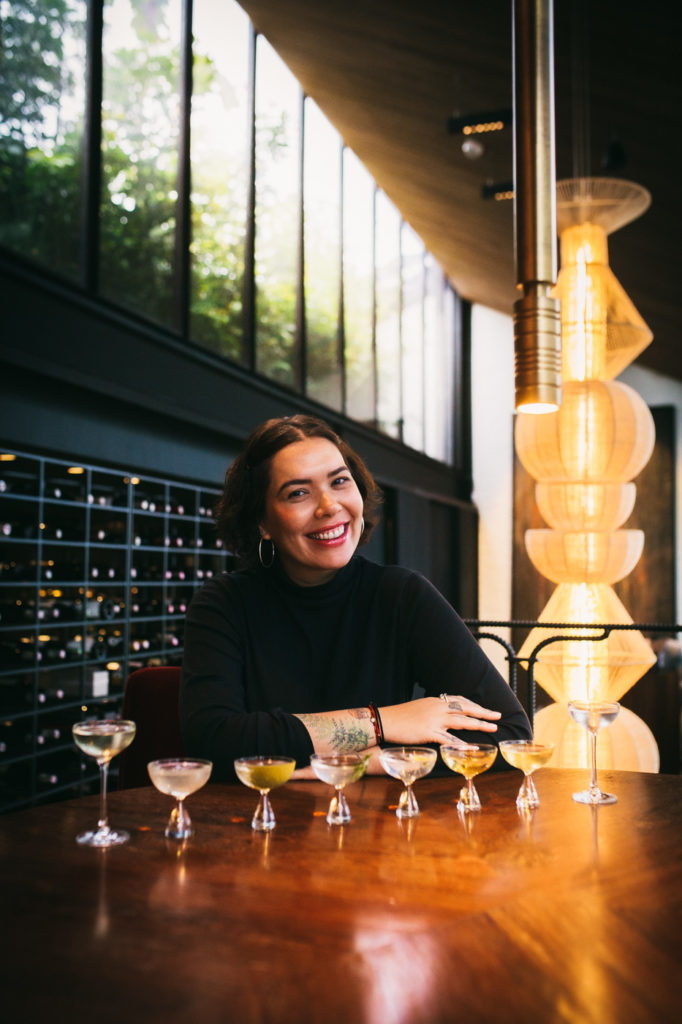
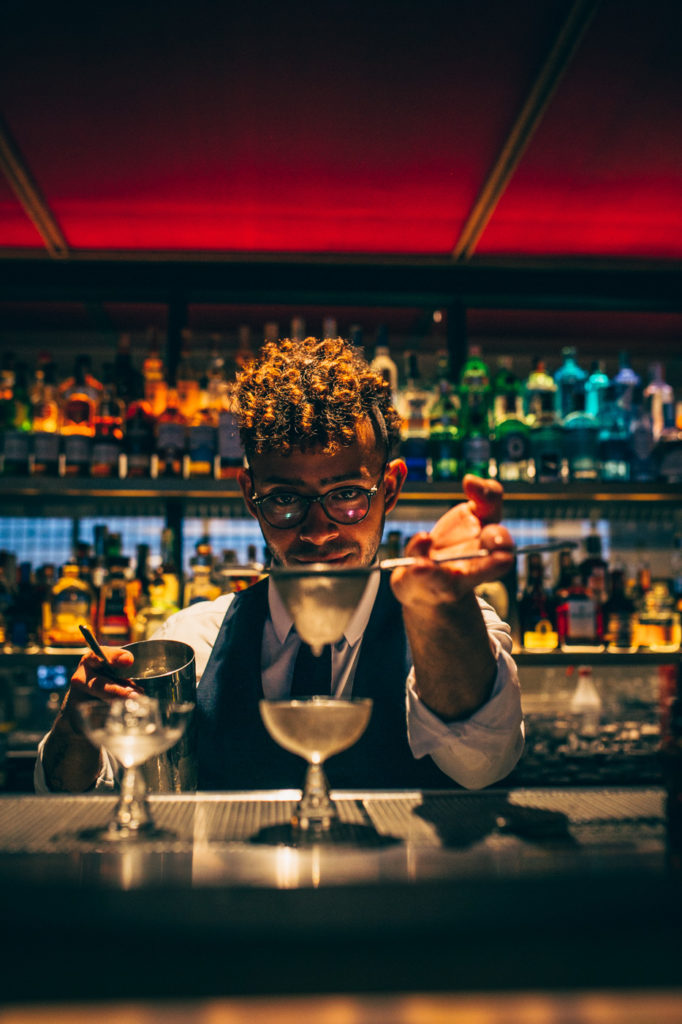
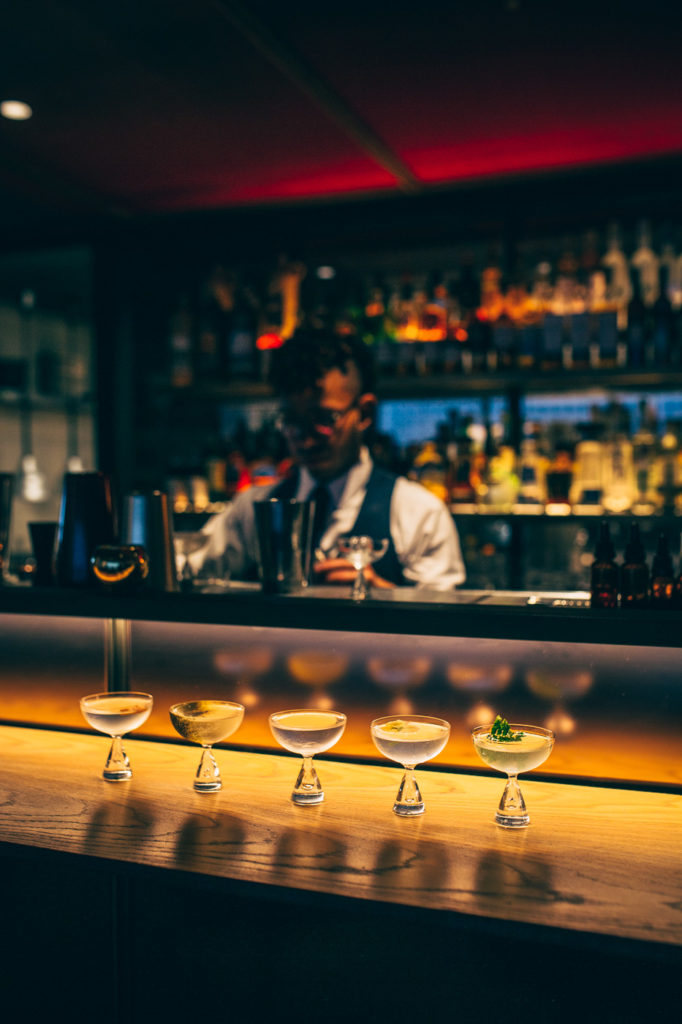
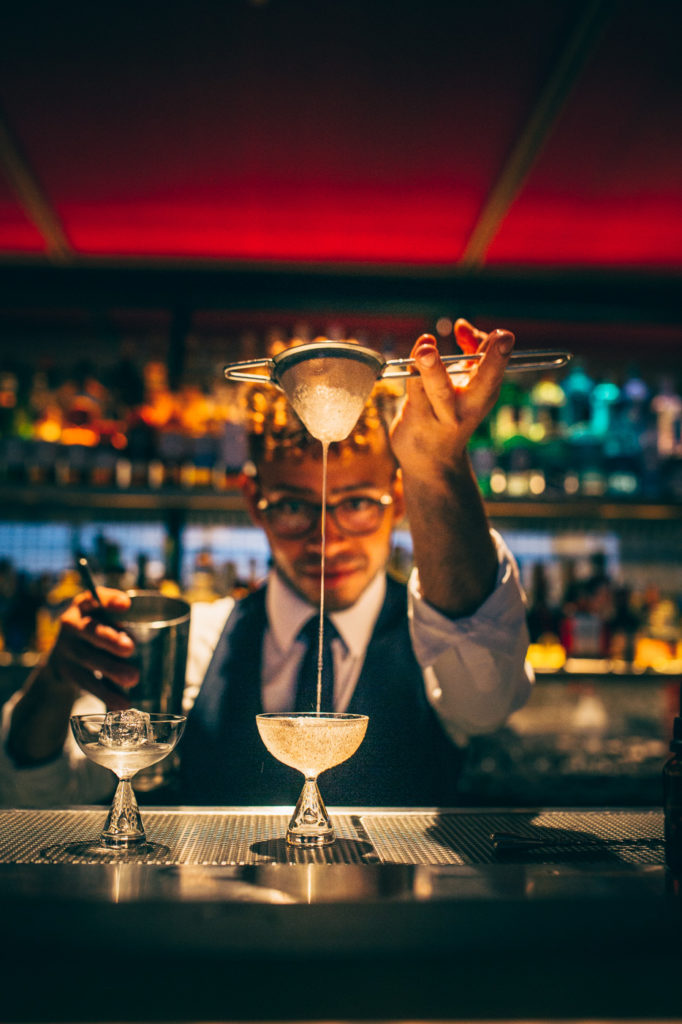
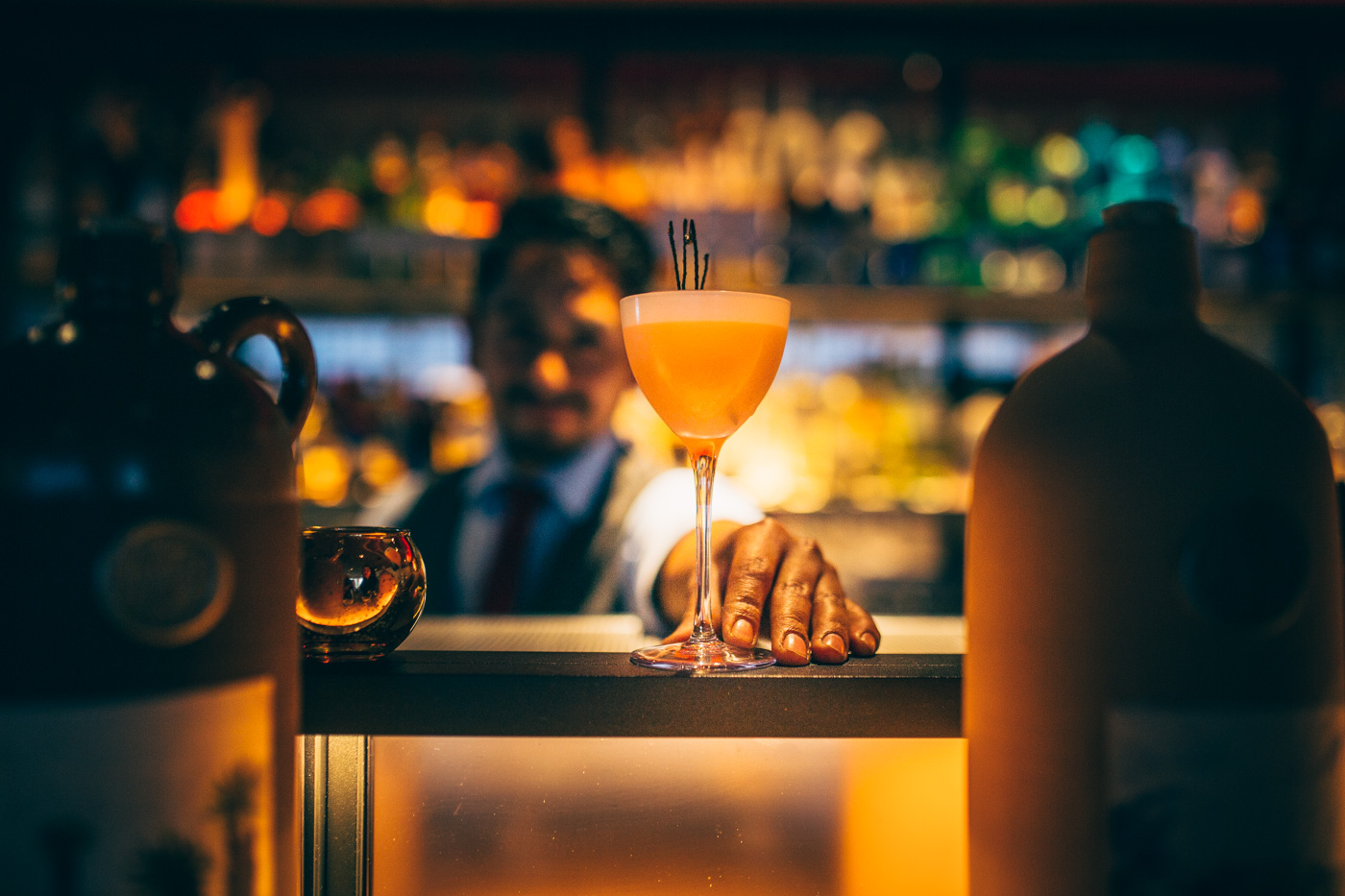
The craft spirit label she is developing is called Territorio, a word that relates to the land and soil where a specific product is grown—also known as terroir. The spirits Laura creates represent major Colombian ecosystems, such as the páramo (highland plateau), the desert, the foggy Andean forest, and the Andean foothills. Each spirit highlights endemic plants, such as laurel and rosemary, higo chumbo or nopal, honey, gulupa, and coca leaves and cocoa nibs.
Leo’s beverage menu offers an alcoholic and non-alcoholic version of Laura’s spirits as Territorio Ciclobioma and Territorio Ancestral. The cocktail titled Piedemonte, for example, is a distilled drink made with cacao from the eastern flatlands, coca leaves and mambe. Earthy, smokey and deeply aromatic, it is served in a stemmed cocktail glass with a delicate rim that allows one to sense the sacred power of the coca plant.
A third collection of craft distilled beverages consists of Laura’s take on classic cocktails, based on her crafted spirits and inspired by their cosmopolitan history, as well as by the local ecosystems they represent. Negroni de la Casa de Laura, for example, is made with Territorio Páramo (páramo herbs and fern spirit), red mount vermouth, Campari and cacao husk, and is topped with giant ants from the Santander region. These ants are traditionally fried or toasted, and then salted for eating (similar to chapulines in Mexico). But for this cocktail, the ants are covered in a golden powder and placed over an ice cube.
At Leo, Leonor and Laura offer guests the opportunity to decipher, feel and value the special richness of Colombian biodiversity, as well as the essence of its cultures. The diner’s journey is joyfully challenging; it’s sensorial, educational and somewhat theatrical. It translates landscapes, cultures and stories to flavorful, aesthetic dishes.
Leonor’s and Laura’s long-standing commitment to Colombia’s sense of place and belonging shines through their innovative, avant-garde work. And it’s a visionary practice that aims to speak to an increasingly curious global audience.







Our comments section is for members only.
Join today to gain exclusive access.